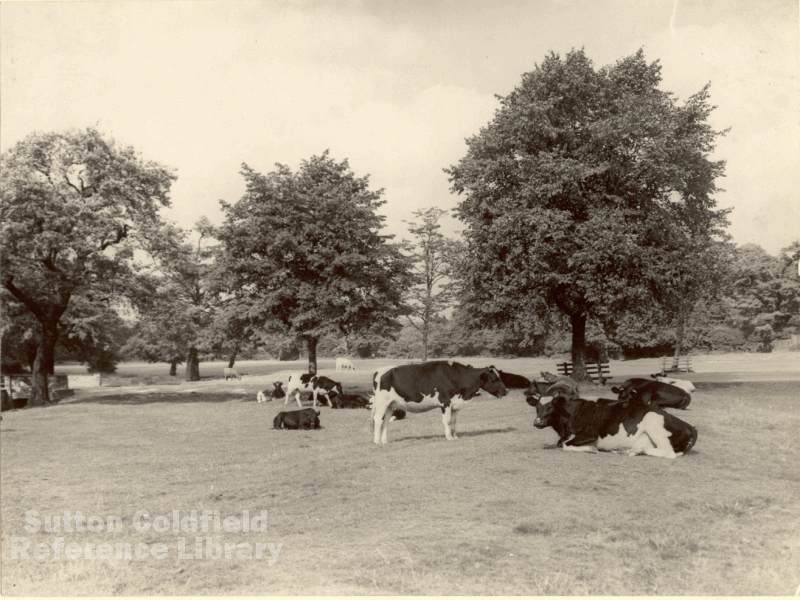The late eighteenth century was a time of improvement; in 1778 some local landowners put forward a scheme for enclosing the Sutton commons. The commons extended over nearly 4000 acres of Sutton were open common land and the scheme also included the 2,400 acres of Sutton Park. Sutton Park would have been parcelled up into private plots of land. Although this scheme was defeated, the Warden and Society were bent on improving Sutton Park, which they felt was capable of producing much more income if properly managed. This was the intention when Westwood Coppice was laid out and planted in 1778.
Things came to a head in 1785, when a meeting of the Warden and Society with the forceful Rev. Mr. James Hastings in the chair on August 29th passed the following resolutions -
Part of the underwood to be cut down annually, and in order to its being done more regularly and beneficially it is agreed that a survey shall be taken of the underwood now growing in the different woods and such part as shall be deemed most proper shall be cut down the first year and so for every succeeding year.
Timber trees damaged or at their full growth to be felled and the felled areas to be fenced to secure the growth of such underwood.
Trees near the park boundary to be felled as appropriate.
To enforce the aforementioned resolutions a Park Keeper shall be appointed with a salary of twenty guineas (he was also to prosecute poachers).
As a further increase of the Revenue and as an additional fund for the payment of a Park Keeper that the herbage of the Park from the first of November next shall be 6d. a quarter for every cow heifer or bullock and for every horse mare colt or ass 1/6d a quarter.
The trouble arose partly because of two weak points in Bishop Vesey’s scheme for Sutton. Although the first corporation was an elected body, vacancies were filled by selection, so that over the centuries the Warden and Society could become a privileged body remote from the inhabitants it governed; secondly, the amount of certain rents and fees was fixed at 1528 values, with no regard for inflation - the fee farm rent, for example, was still being paid to the crown at £58 per annum in 1820.
The inhabitants, already defensive of their rights after the enclosure attempt, strongly objected to the increased fees for herbage in the park, which had remained at 10d for a horse since Bishop Vesey’s time. The Inhabitant’s Committee - William Twamley, yeoman, Richard Kesterton, yeoman, Joseph Grange, cordwainer and Isaac Terry, yeoman, - challenged the legality of the increase in the courts in 1787. The following January the Warden and Society abandoned their defence of the case as being too expensive (the solicitor’s fees were already £400) and the result doubtful. Buoyed by this success, the inhabitants went on to question the corporation over the use to be made of the increased revenue. The inhabitants’ discussions with the autocratic Warden proved unsatisfactory, and they again sought legal redress, taking out suits in equity against the corporation accusing them of misusing the income; This time the case was heard in the Court of Chancery, and until the case was resolved the Corporation was forbidden to make any more “improvements”. The case was not resolved until 1824.
